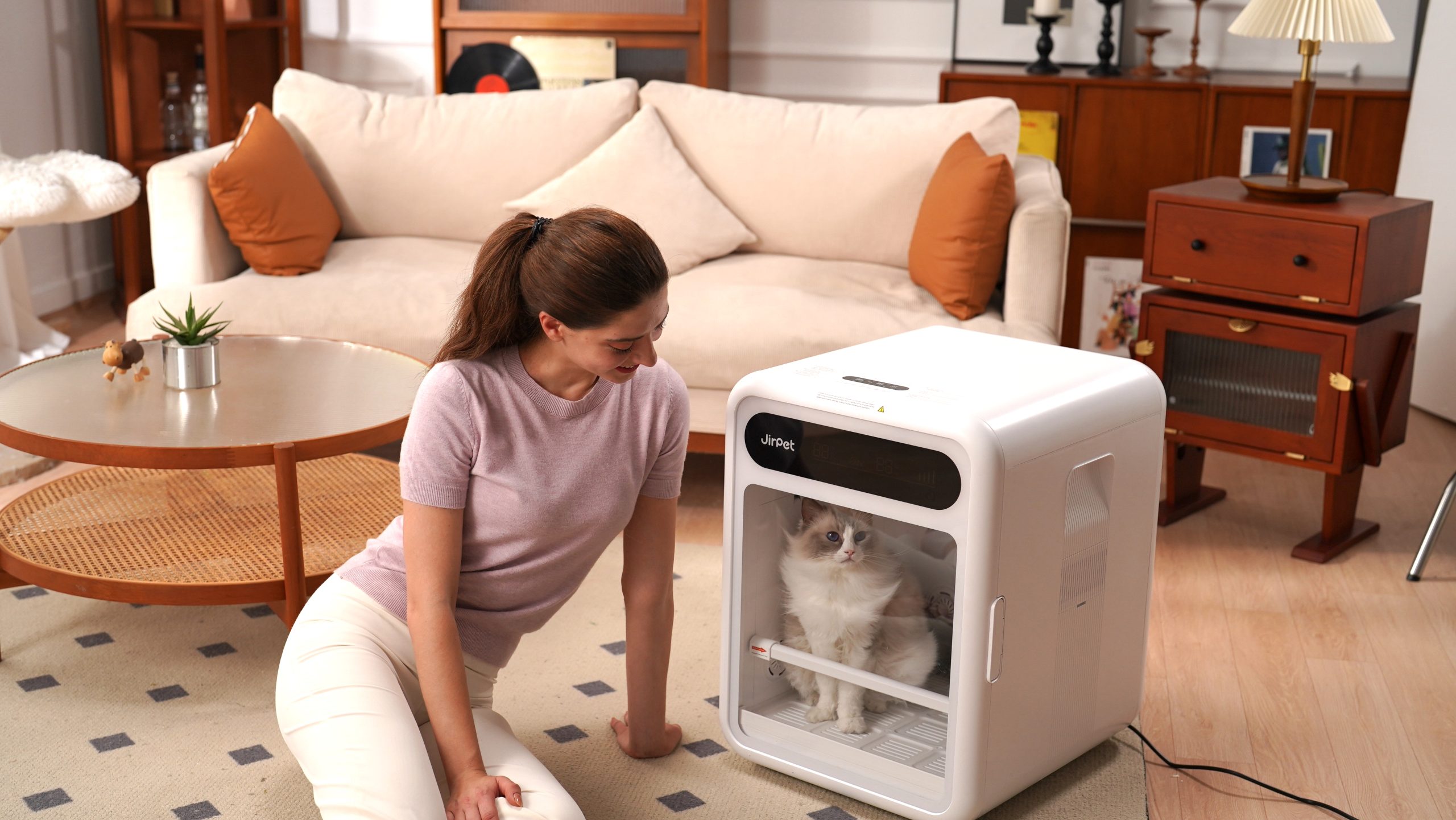A Comprehensive Guide to Grooming Your Pet Like a Pro

Grooming isn’t just about keeping pets looking their best; it’s an essential part of maintaining their health and well-being. Whether you’re a professional groomer or a pet owner, mastering a solid grooming routine can significantly improve your pet’s comfort, skin, and coat health. This guide walks you through the professional pet grooming process, focusing on the critical steps required to keep your pet clean, healthy, and happy.
1. Detangling and Brushing the Coat
Before you begin bathing or trimming, the first and most important step is detangling the coat. Matting can cause discomfort and even lead to skin issues if not addressed properly.
- Tools: Use a slicker brush or a detangling comb. For larger mats, a dematting tool or mat splitter can be helpful.
- Method: Start by gently working through the outer layers of the coat with the brush. For any tangles or mats, hold the fur close to the skin to prevent pulling and work the brush or comb through the tangle, slowly loosening it. If mats are too tight to brush through, carefully use a mat splitter to cut through them.
- Tip: Always be gentle and avoid pulling on the mats, as this can be painful for your pet. Pay close attention to high-friction areas such as behind the ears, under the legs, and around the collar area where mats often form.
2. Bathing: Preparing the Coat for Grooming
Once the coat is free of tangles, it’s time for a bath. Bathing helps remove dirt, allergens, and excess oils from your pet’s coat and skin.
- Tools: Use a pet-safe shampoo and conditioner, preferably one formulated for your pet’s specific skin and coat type (e.g., sensitive skin, double-coated breeds).
- Method: Start by thoroughly wetting the coat with lukewarm water, making sure to avoid the pet’s ears and eyes. Apply shampoo in a lather from the neck down, working it into the coat with your fingers. Rinse thoroughly to ensure no shampoo residue is left behind, as this can cause skin irritation. Follow up with a conditioner if needed, focusing on areas prone to matting or dryness.
- Tip: Use a rubber massaging brush to help work the shampoo into thick coats and stimulate the skin, promoting healthy circulation.
3. Drying: Ensuring a Fluffy and Clean Coat
After bathing, properly drying the coat is essential to avoid matting and skin issues. Jirpet’s pet drying cabin offers an efficient, comfortable, and safe drying solution for pets, making it an ideal tool for professional groomers and pet owners alike.
- Tools: Jirpet’s pet drying cabin, along with a towel.
- Method: Start by towel-drying your pet to absorb excess moisture. For optimal results, place your pet in the Jirpet pet drying cabin, which ensures controlled airflow and consistent temperature for a comfortable drying experience. This high-performance drying system reduces drying time and leaves the coat smooth and fluffy. Make sure to dry the coat completely, focusing on moisture-prone areas like between the toes and under the legs.
- Tip: Brush through the coat while using the drying cabin to prevent tangles and maintain a fluffy finish. Adjust the temperature to a lower setting to prevent overheating or drying out the pet’s skin.
4. Trimming and Clipping
Trimming helps maintain your pet’s coat at a manageable length and can be essential for breeds that require regular haircuts, like poodles and terriers.
- Tools: Use professional-grade clippers with different blade sizes depending on the desired length. Scissors or shears are also essential for delicate areas such as around the face, paws, and tail.
- Method: Start by trimming the body with the clippers, moving in the direction of hair growth to avoid irritation. For areas requiring precision, such as around the ears or paws, use grooming shears for better control. Always trim carefully around sensitive areas like the face, ears, and paws.
- Tip: If you’re unfamiliar with trimming, consider consulting a professional for breed-specific cuts to avoid mistakes that could irritate your pet’s skin or lead to an uneven finish.
5. Nail Clipping and Paw Care
Keeping your pet’s nails trimmed is essential to prevent discomfort or injury. Overgrown nails can cause issues with walking or even lead to infections.
- Tools: Use nail clippers designed for pets, or a grinding tool for a smoother finish. You’ll also need a styptic powder on hand to stop any bleeding in case you accidentally cut too close to the quick.
- Method: Carefully trim the tip of each nail, avoiding the quick (the sensitive area inside the nail that contains nerves and blood vessels). For pets with dark nails, take extra care to trim small amounts at a time. Smooth the edges with a grinder if needed, and check the paw pads for any cuts or foreign objects.
- Tip: If your pet is nervous, introduce nail trimming gradually, offering treats and praise to create a positive experience.
6. Ear Cleaning
Ear health is often overlooked in grooming but is essential to prevent infections, especially in breeds with floppy ears.
- Tools: Use a veterinary-recommended ear cleaning solution and cotton pads.
- Method: Gently apply the ear cleaner to a cotton pad and wipe around the outer ear canal. Avoid inserting anything deep into the ear, as this can cause injury. If your pet’s ears are prone to infections, regular cleaning can help prevent bacteria buildup and discomfort.
- Tip: Always check for signs of infection, such as redness, discharge, or a foul odor, and consult your vet if necessary.
7. Final Brushing and Styling
Once trimming and drying are complete, finish with a final brushing to ensure the coat looks smooth and tangle-free. If your pet’s coat requires styling, now is the time to shape it using scissors or specialized grooming tools.
- Tools: A finishing comb or brush, depending on the coat type.
- Method: Brush in the direction of hair growth, ensuring the coat lies flat and any trimmed areas blend seamlessly with the rest of the fur.
- Tip: For long-haired breeds, this step also helps maintain the coat’s texture and prevents future tangling.
8. Dental Care and Hygiene
Good grooming goes beyond the coat—regular dental care is essential for your pet’s health. Incorporate tooth brushing into the grooming routine to prevent plaque buildup and gum disease.
- Tools: A pet-safe toothbrush and toothpaste.
- Method: Gently brush your pet’s teeth using a toothbrush with soft bristles. Focus on the outer surfaces and avoid using human toothpaste, which can be harmful to pets.
- Tip: Make this a routine part of grooming, as good dental hygiene contributes to overall well-being.
By following these steps, you’ll be able to groom your pet like a professional, keeping their coat healthy, their nails trimmed, and their overall hygiene in top condition. Grooming isn’t just about aesthetics; it’s a crucial part of ensuring your pet stays comfortable, clean, and healthy.

